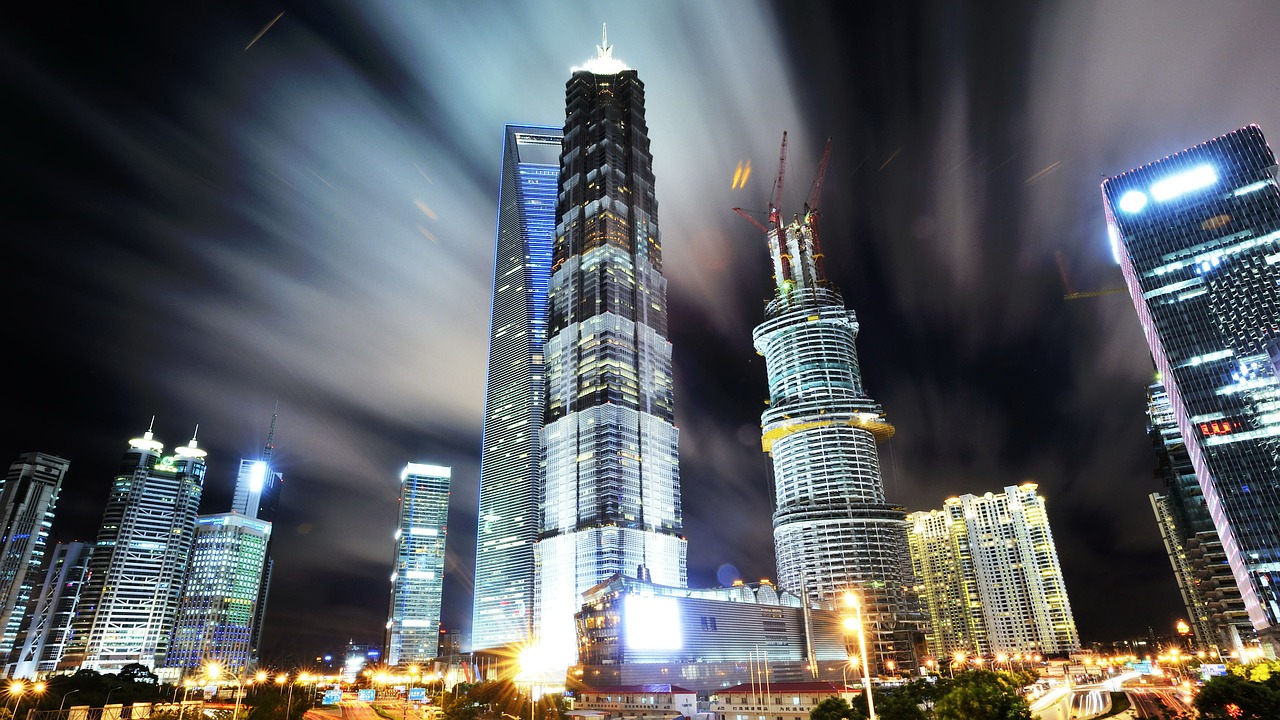
Since the foundation of People’s Republic of China in 1949, Chinese cities have experienced rapid development. Various policies and socioeconomic forces drove the development in the 70 years.
Researchers from China, U.S., and U.K. reviewed historical documents and public data. They identified four distinct urbanization stages as well as the driving forces in the four stages.
During its first 30 years’ governance (1949-1977), the central government aimed to recover the national economy after over a hundred years’ turbulence and disruption. Transitioning from a semi-colonized and semi-feudal society, the new socialist county transferred the ownership of rural lands to collectives and encouraged large-scale capital-intensive industries in cities. The urbanization process initially sped up but then experienced significant setbacks. The Great Leap Forward’ movements in the late 1950s disrupted the rural economy, the introduction of the household registration system (hukou) in 1958 obstructed the flow of rural labors into cities, and the Culture Revolution started in 1966 stalled the development for 10 years. By the end of the first stage, the urbanization level % in China was only 17.9.
The second stage (1978-1995) of urbanization featured economic reform and market-led urbanization. Specific policies included de-collectivization of the rural economy, opening up to foreign investment, and permitting private enterprises. The rural economic reform freed up the rural labor force and encouraged the development of Towns and Village Enterprises (TVEs). The urban areas welcomed diverse forms of enterprise ownership, although public ownership still dominated the economy. Particularly, foreign direct investment (FDI) flew into coastal cities and established a strong manufacturing economy. By 1993, the urbanization level was 28.14%.
The third stage (1996-2010) signaled China’ increasing role in the global economy, particularly as the world’s factory. Economic development encouraged the development of the tertiary industry, which overtook manufacturing in leading economic growth. Mega-cities and global cities have emerged. Nevertheless, the fast urbanization created fragmented urban spaces: the middle-class rapidly grew; meanwhile, migrant workers without urban hukou clustered in dilapidated urban neighborhoods without proper amenities or services. By 2010, the urbanization level reached 49.95%.
The fourth stage (2010-present) of urbanization was led by the land economy. Many Chinese cities experienced massive market-housing development and soaring housing prices during this period of time. The causes can be traced back to fast urban development and the financial system reform in the previous development stages. The development consumed much local funding, while the tax reform in 1994 reduced stable tax bases for local governments. As a result, local governments have to rely on value-added tax, particularly land leasing fees and land-related tax. The financial incentives drove local governments to acquire rural lands through new towns and new development zones. In 2015, China’s urbanization level reached 56.10%.
The urbanization process continues in China. Future policies should underscore sustainable and equitable development. The researchers believe that the understanding of the driving forces and the lessons learned in China can offer insights for other developing counties in their urban development.
These findings are described in the article entitled China’s urbanization in 1949–2015: Processes and driving forces, recently published in the journal Chinese Geographical Science. This work was led by Chaolin Gu from Tsinghua University.








